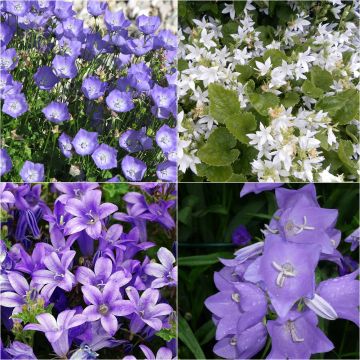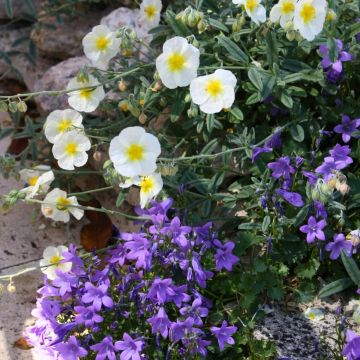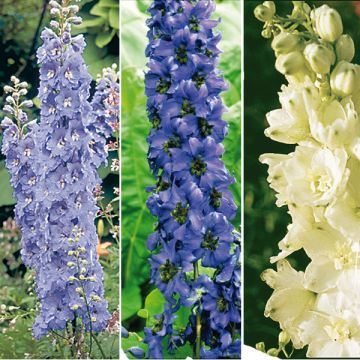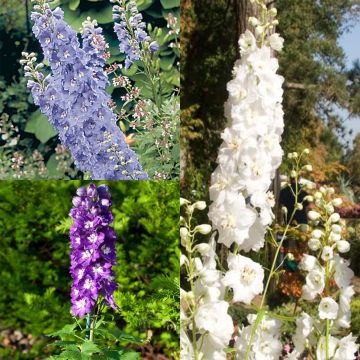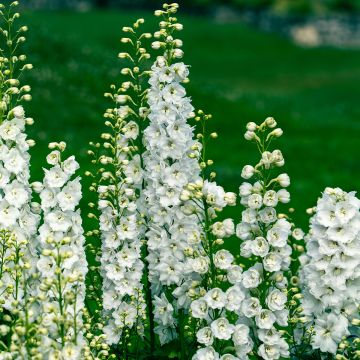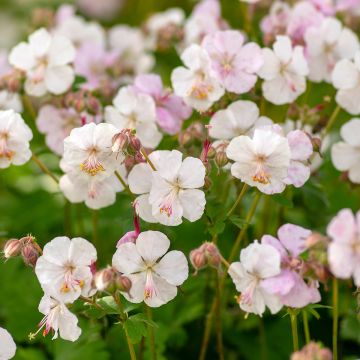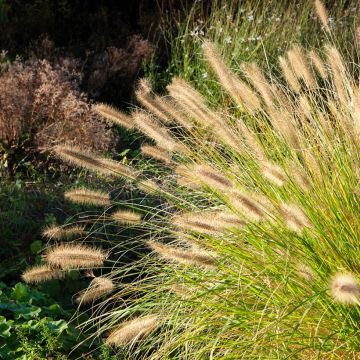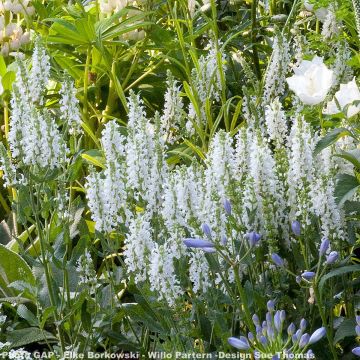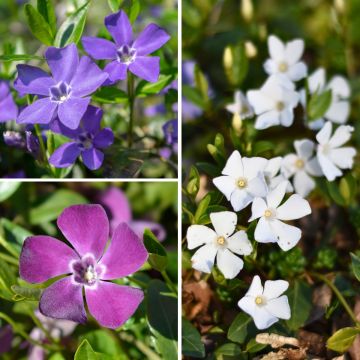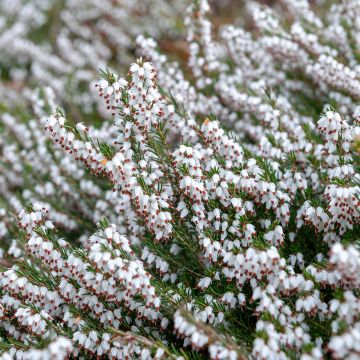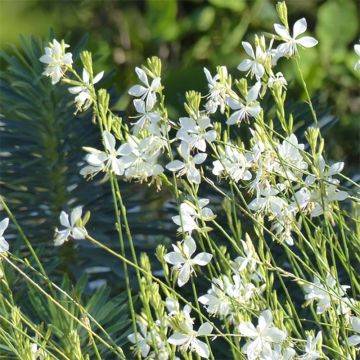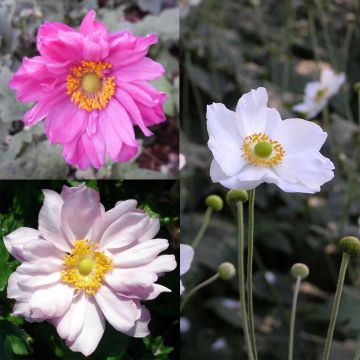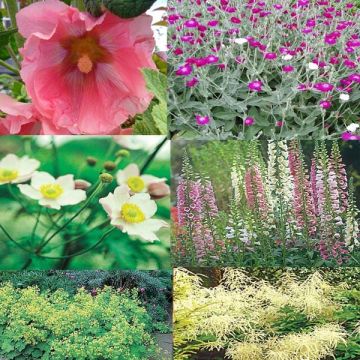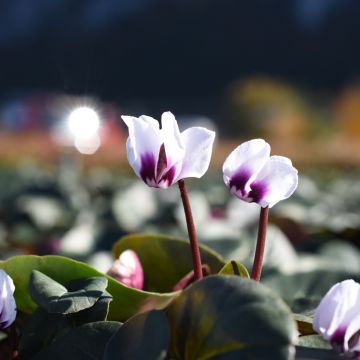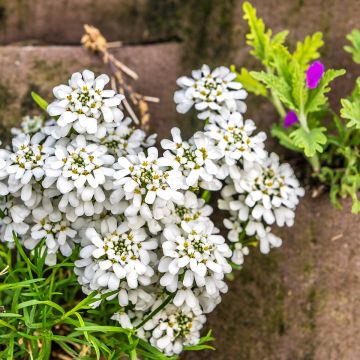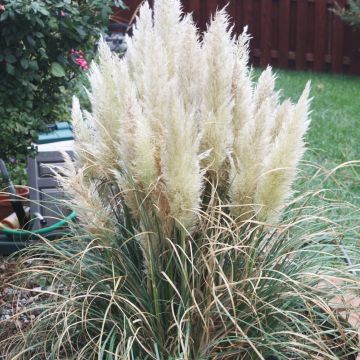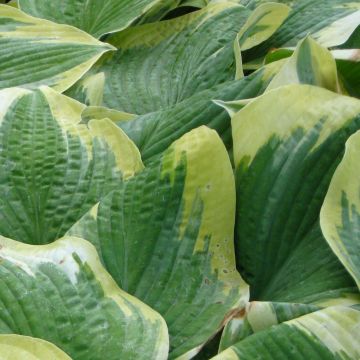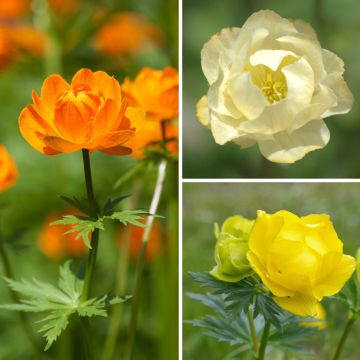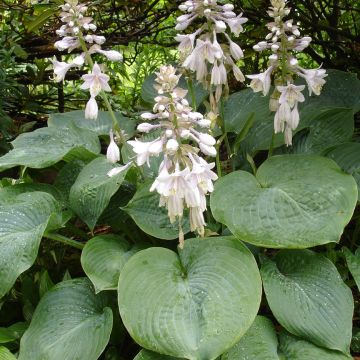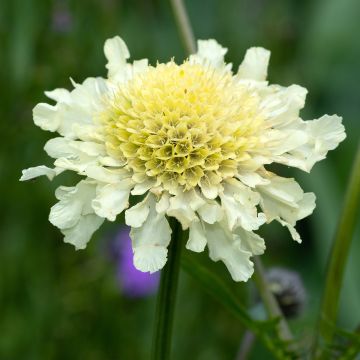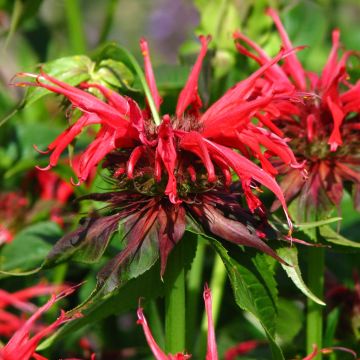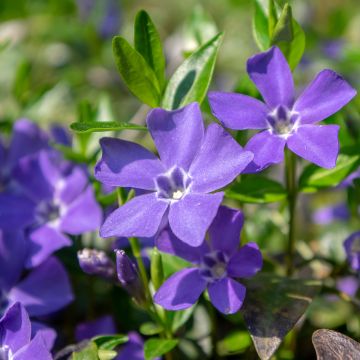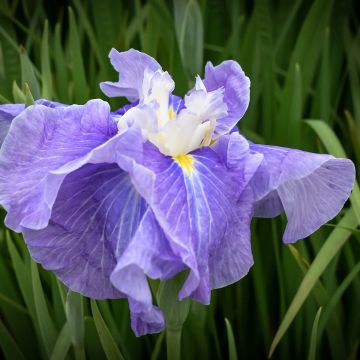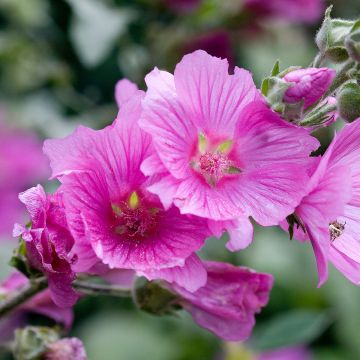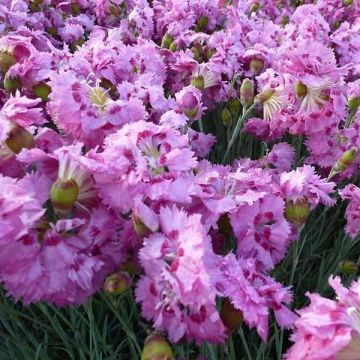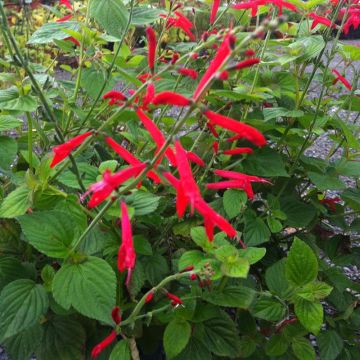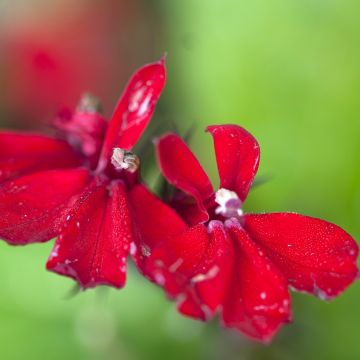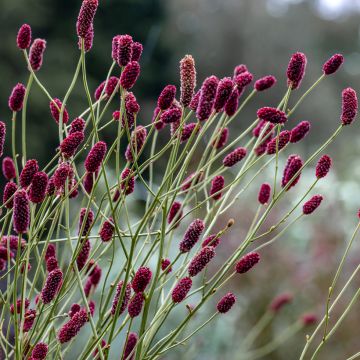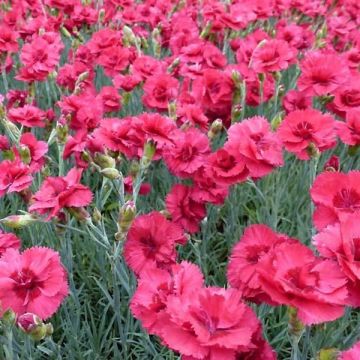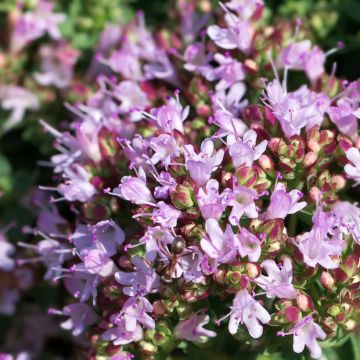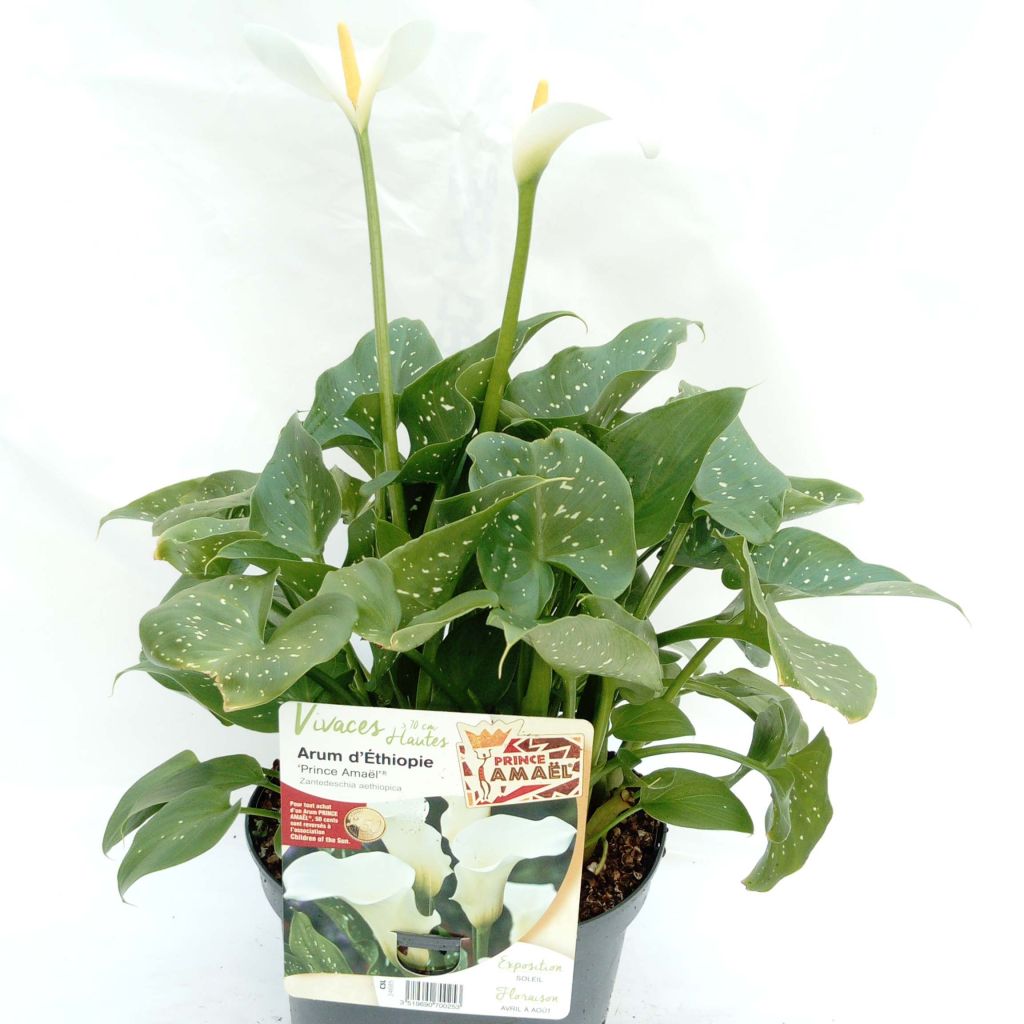

Zantedeschia aethiopica Prince Amaël
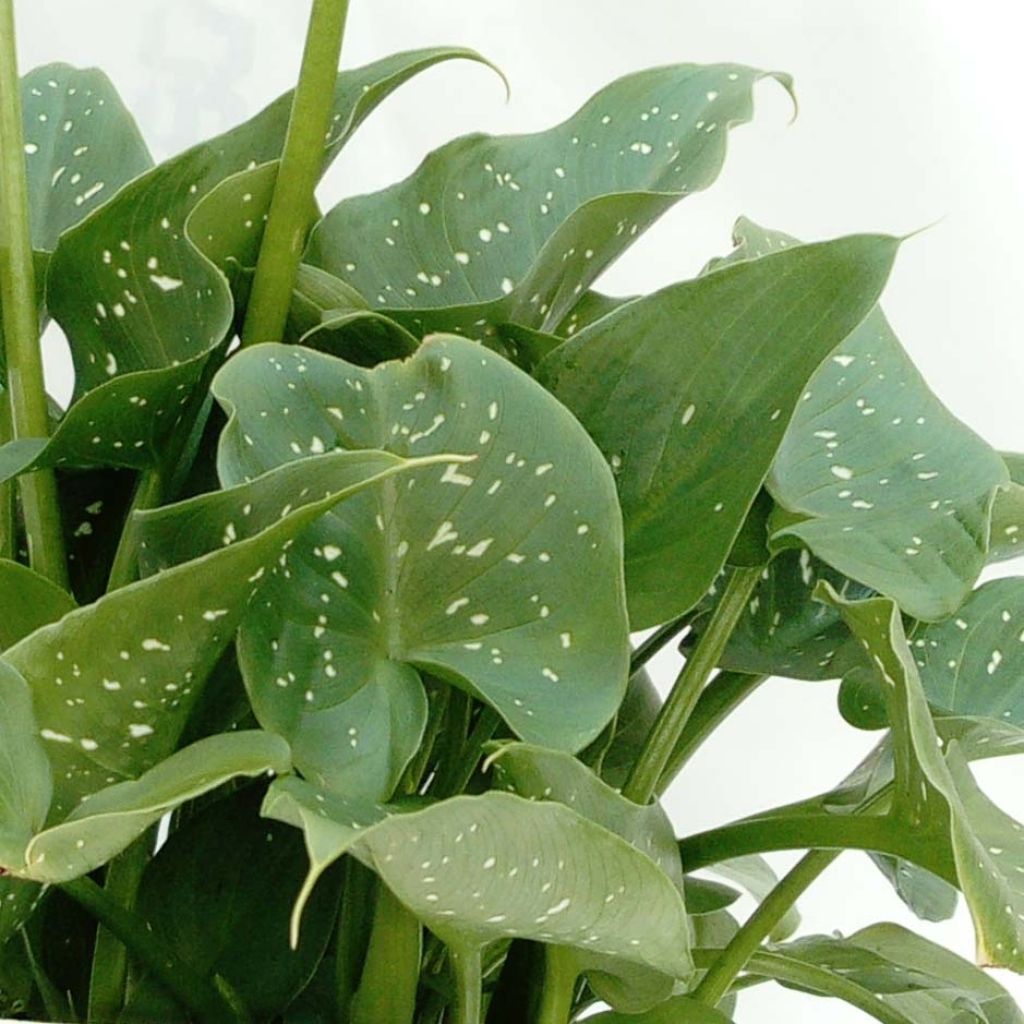

Zantedeschia aethiopica Prince Amaël
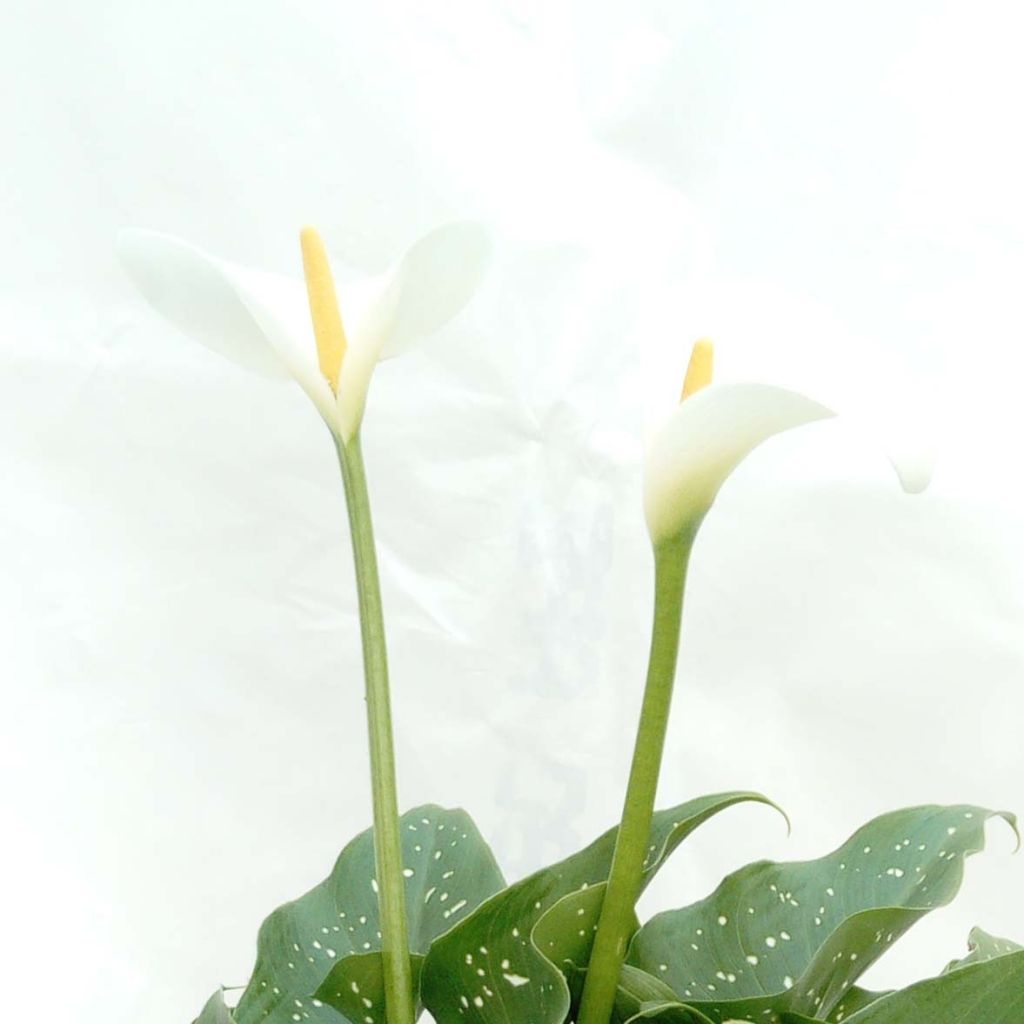

Zantedeschia aethiopica Prince Amaël
Zantedeschia aethiopica Prince Amaël
Zantedeschia aethiopica Prince Amaël
Arum Lily, Calla Lily
The young plant I received bears no resemblance to the photo. Do you have a mobile phone so I can send you a photo of my delivery? When I think of the price I paid, I am appalled.
Dauvilliers, 22/04/2023
Why not try an alternative variety in stock?
View all →This plant carries a 12 months recovery warranty
More information
We guarantee the quality of our plants for a full growing cycle, and will replace at our expense any plant that fails to recover under normal climatic and planting conditions.
From €5.90 for pickup delivery and €6.90 for home delivery
Express home delivery from €8.90.
Does this plant fit my garden?
Set up your Plantfit profile →
Description
Zantedeschia aethiopica 'Prince Amel' is a new Ethiopian arum with unique foliage, speckled with white, and a flowering season that is earlier, longer, and more abundant than that of the usual species. Its white cone-shaped flowers, slightly smaller than those of the classic garden arum, bloom abundantly from spring to summer. This perennial will thrive in moist and fertile soil, in a large pot, or in the garden with winter protection. The sale of each plant will contribute 1 euro to the Children Of The Sun association, which works to help and develop children in Ethiopia.
Originally from South Africa, specifically from the Transvaal, the Ethiopian Arum has become naturalised worldwide. Like it, 'Prince Amel', is a herbaceous perennial plant with a tuberous rhizome belonging to the Araceae family. This selection was distinguished at the Salon du Vegetal in 2015. From spring, numerous long-petioled leaves emerge from its stump, with a wide lance-shaped lamina, shiny, slightly smaller than those of the typical species. They are entirely speckled with white on a dark green background. The plant quickly forms clumps that will not exceed 60-70 cm (24-28in) in height when flowering and 50-60 cm (20-24in) in width. The flowering occurs from May to July-August, without interruption, provided that the plant does not lack water. This flowering can be easily advanced by forcing in a greenhouse. The inflorescences are composed of a very pale yellow spadix, discreet, surrounded by a pure white spathe, flared in the shape of a cone, with a velvety texture that blends with the rough touch of parchment. The scent, quite subtle, can be perceived by burying one's nose in the heart of the flowers. It evokes the scent of anise and rice powder.
Long considered cold and static flowers, uprooted from the ground to adorn solemn bouquets or laden with religious evocations, arums are making a comeback. Their generous clumps enhance the edges of well-designed ponds and allow for the creation of beautiful potted arrangements. Zantedeschia aethiopica Prince Amel, with its modest stature, is particularly suited for pot cultivation, which also allows it to be protected from severe frost in winter. As the hardiness of this selection is still poorly evaluated, it is advisable, as a precaution, to plant its stump in a rather well-drained soil and protect it with a thick mulch in winter in our cold regions.
Report an error about the product description
Zantedeschia aethiopica Prince Amaël in pictures
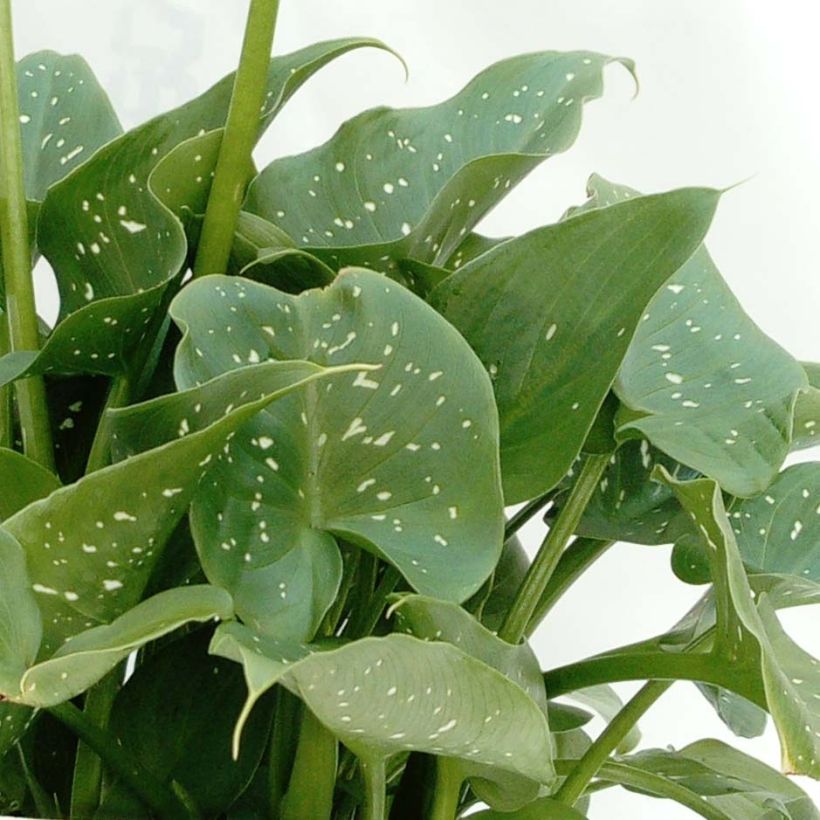

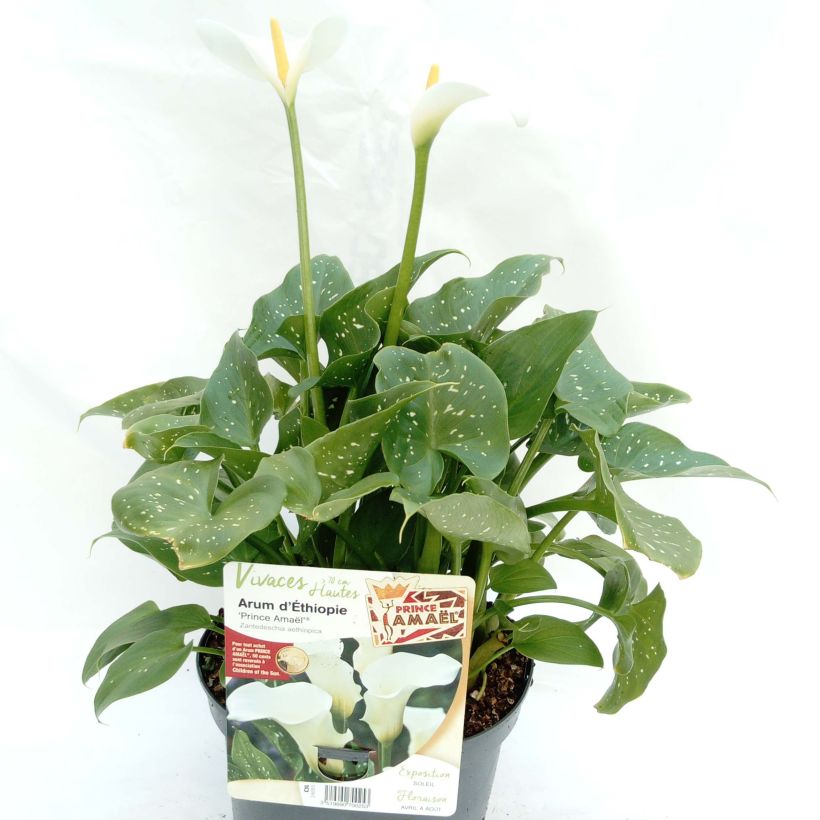

Flowering
Foliage
Plant habit
Botanical data
Zantedeschia
aethiopica
Prince Amaël
Araceae
Arum Lily, Calla Lily
Cultivar or hybrid
Other Perennials A to Z
Planting and care
Plant arum plants in good garden soil enriched with compost. Choose a moist and deep soil, even flooded, and a sunny position in cool climates, or partial shade, avoiding the sun during the hottest hours in southern regions. Indeed, this could cause burns on the foliage. In a pot, the arum should be watered every evening in summer.
Planting period
Intended location
Care
-
, onOrder confirmed
Reply from on Promesse de fleurs
Summer flowering perennials
Haven't found what you were looking for?
Hardiness is the lowest winter temperature a plant can endure without suffering serious damage or even dying. However, hardiness is affected by location (a sheltered area, such as a patio), protection (winter cover) and soil type (hardiness is improved by well-drained soil).

Photo Sharing Terms & Conditions
In order to encourage gardeners to interact and share their experiences, Promesse de fleurs offers various media enabling content to be uploaded onto its Site - in particular via the ‘Photo sharing’ module.
The User agrees to refrain from:
- Posting any content that is illegal, prejudicial, insulting, racist, inciteful to hatred, revisionist, contrary to public decency, that infringes on privacy or on the privacy rights of third parties, in particular the publicity rights of persons and goods, intellectual property rights, or the right to privacy.
- Submitting content on behalf of a third party;
- Impersonate the identity of a third party and/or publish any personal information about a third party;
In general, the User undertakes to refrain from any unethical behaviour.
All Content (in particular text, comments, files, images, photos, videos, creative works, etc.), which may be subject to property or intellectual property rights, image or other private rights, shall remain the property of the User, subject to the limited rights granted by the terms of the licence granted by Promesse de fleurs as stated below. Users are at liberty to publish or not to publish such Content on the Site, notably via the ‘Photo Sharing’ facility, and accept that this Content shall be made public and freely accessible, notably on the Internet.
Users further acknowledge, undertake to have ,and guarantee that they hold all necessary rights and permissions to publish such material on the Site, in particular with regard to the legislation in force pertaining to any privacy, property, intellectual property, image, or contractual rights, or rights of any other nature. By publishing such Content on the Site, Users acknowledge accepting full liability as publishers of the Content within the meaning of the law, and grant Promesse de fleurs, free of charge, an inclusive, worldwide licence for the said Content for the entire duration of its publication, including all reproduction, representation, up/downloading, displaying, performing, transmission, and storage rights.
Users also grant permission for their name to be linked to the Content and accept that this link may not always be made available.
By engaging in posting material, Users consent to their Content becoming automatically accessible on the Internet, in particular on other sites and/or blogs and/or web pages of the Promesse de fleurs site, including in particular social pages and the Promesse de fleurs catalogue.
Users may secure the removal of entrusted content free of charge by issuing a simple request via our contact form.
The flowering period indicated on our website applies to countries and regions located in USDA zone 8 (France, the United Kingdom, Ireland, the Netherlands, etc.)
It will vary according to where you live:
- In zones 9 to 10 (Italy, Spain, Greece, etc.), flowering will occur about 2 to 4 weeks earlier.
- In zones 6 to 7 (Germany, Poland, Slovenia, and lower mountainous regions), flowering will be delayed by 2 to 3 weeks.
- In zone 5 (Central Europe, Scandinavia), blooming will be delayed by 3 to 5 weeks.
In temperate climates, pruning of spring-flowering shrubs (forsythia, spireas, etc.) should be done just after flowering.
Pruning of summer-flowering shrubs (Indian Lilac, Perovskia, etc.) can be done in winter or spring.
In cold regions as well as with frost-sensitive plants, avoid pruning too early when severe frosts may still occur.
The planting period indicated on our website applies to countries and regions located in USDA zone 8 (France, United Kingdom, Ireland, Netherlands).
It will vary according to where you live:
- In Mediterranean zones (Marseille, Madrid, Milan, etc.), autumn and winter are the best planting periods.
- In continental zones (Strasbourg, Munich, Vienna, etc.), delay planting by 2 to 3 weeks in spring and bring it forward by 2 to 4 weeks in autumn.
- In mountainous regions (the Alps, Pyrenees, Carpathians, etc.), it is best to plant in late spring (May-June) or late summer (August-September).
The harvesting period indicated on our website applies to countries and regions in USDA zone 8 (France, England, Ireland, the Netherlands).
In colder areas (Scandinavia, Poland, Austria...) fruit and vegetable harvests are likely to be delayed by 3-4 weeks.
In warmer areas (Italy, Spain, Greece, etc.), harvesting will probably take place earlier, depending on weather conditions.
The sowing periods indicated on our website apply to countries and regions within USDA Zone 8 (France, UK, Ireland, Netherlands).
In colder areas (Scandinavia, Poland, Austria...), delay any outdoor sowing by 3-4 weeks, or sow under glass.
In warmer climes (Italy, Spain, Greece, etc.), bring outdoor sowing forward by a few weeks.

































